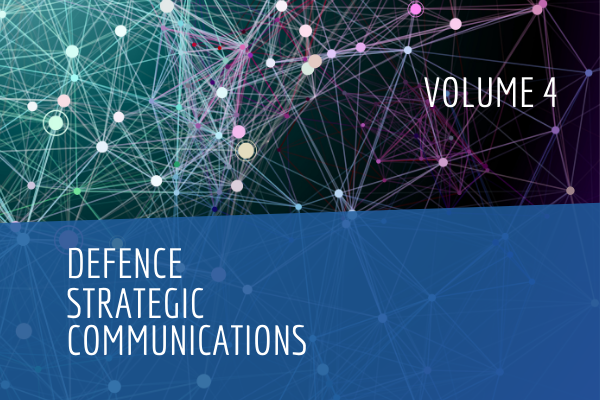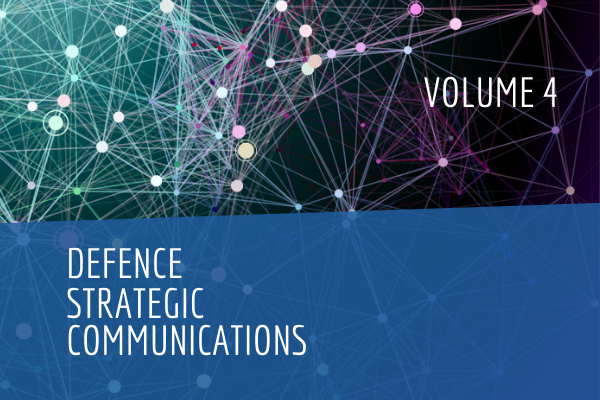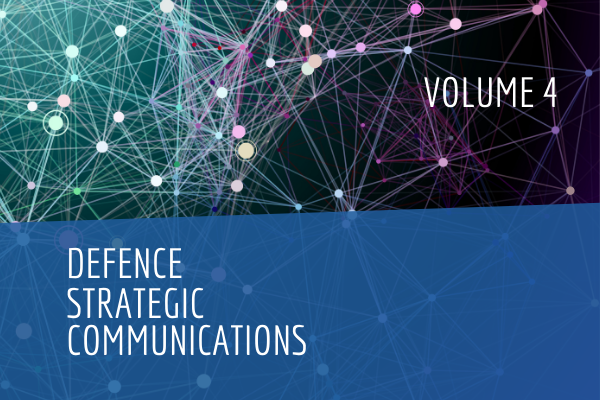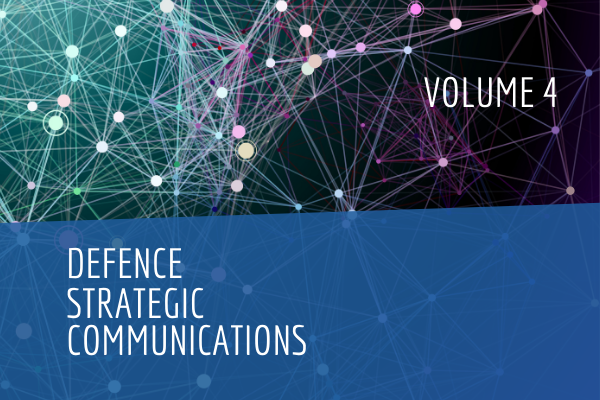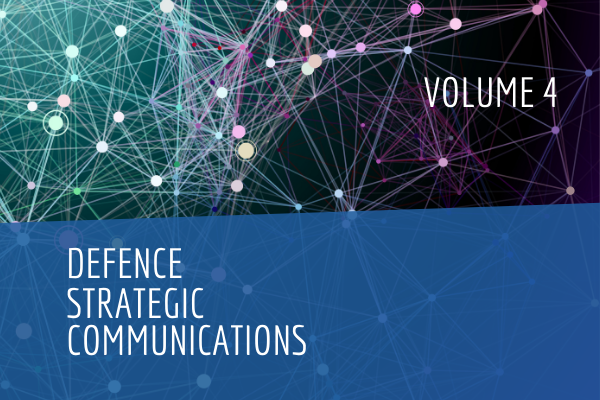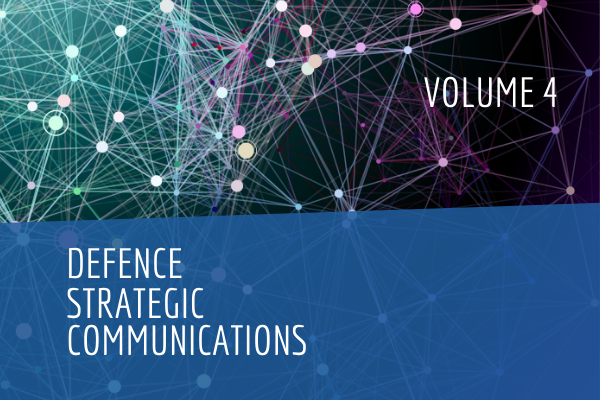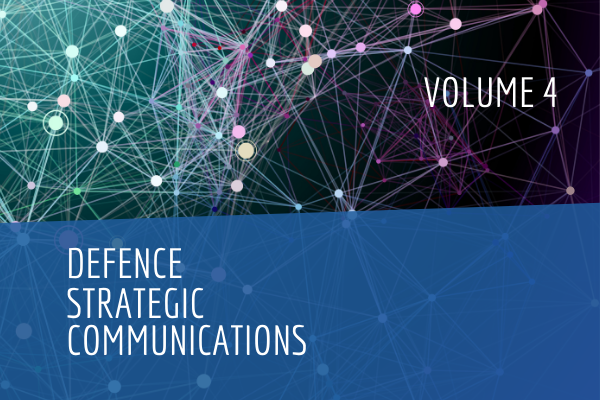Abstract
The aim of this paper is to examine the role of historical narratives in extremist propaganda, seeking to show how and why they are used to enhance the impact of such propaganda. To that end we use the concept of the ‘competitive system of meaning’, which lies at the heart of extremist propaganda and forms their grand overarching narrative. Through the use of two constructs, in-group/out-group identity and crisis/solution, propagandists form a cylindrically reinforcing narrative. This paper is exploratory in nature, and is envisaged as the first step in much more detailed research into the role of historical narratives in extremist propaganda. It seeks to show the importance of historical narratives to propaganda by identifying and exploring five ways in which such narratives are exploited to reinforce the extremists’ ‘competitive system of meaning’.
Keywords—terrorism, violent extremism, propaganda, strategic communications
About the Authors
Dr Alastair Reed is a Senior Researcher at the International Centre for Counter- Terrorism (ICCT) and the Institute of Security and Global Affairs at Leiden University in the Netherlands. His research interest include (counter) terrorism and violent extremism, with particular focus on propaganda and strategic communications.
Jennifer Dowling MSc teaches at the Institute of Security and Global Affairs at Leiden University, The Netherlands. Her areas of research include counter-terrorism, strategic communications, and propaganda used by armed groups, with specific focus on the Irish Republican Movement.
Bibliography
An Phoblacht, ‘On This We Stand: The Rock of the Republic’, Issue 1, February 1970.
An Phoblacht, ‘What the 1916 Rising Meant’, Issue 2, March 1970.
Al-Hayat Media Centre, ‘The End of Sykes-Picot’, video, 2014.
Berger, J.M., ‘The Turner Legacy: The Storied Origins and Enduring Impact of White Nationalism’s Deadly Bible’, Vol. 7, № 8 (2016) (The Hague: International Centre for Counter-Terrorism).
Berger, J.M., ‘Extremist Construction of Identity: How Escalating Demands for Legitimacy Shape and Define In-Group and Out-Group Dynamics’ Vol. 8, № 7 (2017) (The Hague: International Centre for Counter-Terrorism).
Bin Laden, Osama, Messages to the World: The Statements of Osama Bin Laden, Bruce B. Lawrence (ed.), James Howarth (trans.), (London: Verso, 2005).
Dabiq, ‘Introduction’, Issue 1, 1435 Ramadan ≈ June/July 2014, pp. 3–4.
Dabiq, The Revival of Slavery Before the Hour’, Issue 4, Dhul-Hijjah 1435 ≈ September/October 2014, pp. 14–17.
Dabiq, ‘Meltdown – John Cantlie’, Issue 6, 1436 Rabi-al-awwal ≈ December 2014–January 2014, pp. 58–62.
Dabiq, ‘Foreword’, Issue 7, 1436 Rabi-al-akhir ≈ January/February 2015, pp. 3–4.
Dabiq, ‘From the Pages of History’, Issue 10, Ramadan 1436 ≈ June/July 2015, pp. 26–29.
Dabiq, ‘Kill the Imāms of Kufr in the West’, Issue 14, 1437 Rajab ≈ April/May 2016, pp. 8–17.
Dabiq, ‘From the Pages of History: Lessons From The Fitnah of the Mongols’, Issue 14, Rajab 1437 ≈ April/May 2016, pp. 44–49.
Downey, James, Them & Us: Britain-Ireland and the Northern Question 1969–1982, (Dublin: Ward River Press, 1983).
Éire Nua Booklet (Dublin: Irish Republican Publicity Bureau ,1972)
Haqqani, Husain, ‘Prophecy & the Jihad in the Indian Subcontinent’, Washington DC, Hudson Institute, 27 March 2015.
Hitler, Adolf, Mein Kampf, Volume 1: Chapter 11 (1939)
Horgan, John and Max Taylor, ‘The Provisional Irish Republican Army: Command and Functional Structure’, Terrorism and Political Violence 9, Issue 3 (1997): 1-32. PAYWALL
Ibrahim, Yahya, ‘Inspired by Inspire’, Inspire 11, Spring 1434 ≈ Spring 2013, p. 18.
Ingram, Haroro, ‘Deciphering the Siren Call of Militant Islamist Propaganda: Meaning, Credibility & Behavioural Change’, Vol. 7, № 9 (2016) (The Hague: International Centre for Counter-Terrorism).
Ingram, Haroro, ‘An Analysis of Islamic State’s Dabiq Magazine’, Australian Journal of Political Science 51, Issue 3, (2016): 451-77.
Ingram, Haroro, The Charismatic Leadership Phenomenon in Radical and Militant Islamism, (Farnham, Surrey, Ashgate Publishing Company, 2013).
Larabee, Ann, ‘A Brief History of Terrorism in the United States’, Knowledge, Technology & Policy 16 ,
Issue 1 (2003): 21–38. PAYWALL
Lemieux, Tony et al, ‘Inspire magazine: A critical analysis of its significance and potential impact through the lens of the information, motivation, and behavioral skills model’, Terrorism and Political Violence, 26, Iss. 2 (2014): 354- 371. PAYWALL
Reed, Alastair, ‘Al Qaeda in the Indian Sub-Continent: A New Frontline in the Global Jihadist Movement?’, The International Centre for Counter-Terrorism, Vol. 8, № 1 (2016) (The Hague: International Centre for Counter-Terrorism)
Reed, Alastair, and Haroro Ingram, Exploring the Role of Instructional Material in AQAP’s Inspire and ISIS’s Rumiyah (The Hague: International Centre for Counter-Terrorism, 2017). Rafiq, Arif, ‘The New Al-Qaeda Group in South Asia Has Nothing To Do With ISIS’, New Republic, 5 September 2014.
Rumiyah, ‘The Position of Imamah in Religion’, Issue 13, Dhul-Hijjah 1438 ≈ August/September 2017, p. 14.
Sarat St. Peter, Hilary A., ‘Make a Bomb in the Kitchen of Your Mom: Jihadist Tactical Technical Communication and the Everyday Practice of Cooking’, Technical Communication Quarterly 26, Issue 1 (2017): 76-91. PAYWALL
White, Robert A., Out of the Ashes: An Oral History of the Provisional Irish Republican Movement, (Kildare: Merrion Press, 2017).
